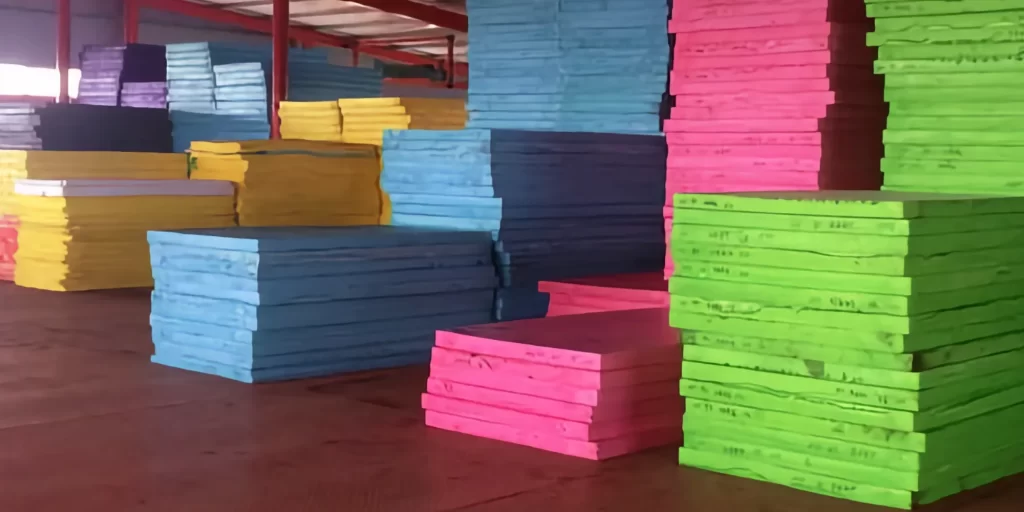Introduction
The quest for optimal sound quality and acoustic control has led to the exploration of various materials in the design of acoustic panels. Among these materials, EVA (Ethylene Vinyl Acetate) foam stands out due to its unique properties and benefits. This article delves deep into the world of EVA foam and its application in acoustic panels, shedding light on its advantages and practical uses.
What is EVA Foam?
EVA foam is a closed-cell, flexible, and lightweight material known for its durability and shock-absorbing qualities. Its unique molecular structure allows it to effectively dampen sound waves, making it a popular choice for various acoustic applications.
Why EVA Foam is Ideal for Acoustic Panels
- Sound Absorption: EVA foam’s dense structure effectively absorbs sound waves, reducing echoes and background noise.
- Versatility: Available in various densities and thicknesses, EVA foam can be tailored to specific acoustic needs.
- Aesthetic Appeal: EVA foam can be easily shaped, colored, and textured, allowing for aesthetically pleasing and customized panel designs.
- Durability: Resistant to moisture, mold, and mildew, EVA foam panels maintain their integrity over time.
- Eco-friendly: Being recyclable, EVA foam aligns with sustainable building and design practices.
Applications of EVA Foam in Acoustic Panels
- Recording Studios: EVA foam panels ensure clear sound recording by minimizing external noise and echoes.
- Home Theaters: Enhance the movie-watching experience by using EVA foam panels for optimal sound quality.
- Offices: Create a distraction-free work environment by reducing ambient noise with EVA foam panels.
- Auditoriums and Concert Halls: Achieve clear and crisp sound quality during performances with strategically placed EVA foam panels.
- Educational Institutions: Enhance the learning experience by reducing noise distractions in classrooms and lecture halls.
Installation Tips for EVA Foam Acoustic Panels
- Determine Panel Placement: Identify the primary sources of noise and strategically place panels for maximum sound absorption.
- Choose the Right Thickness: Depending on the frequency of the sound to be absorbed, select the appropriate thickness of EVA foam.
- Maintain Panels: Clean EVA foam panels regularly to ensure they remain effective and aesthetically pleasing.
FAQ
Q: How do EVA foam panels compare to traditional acoustic panels?
A: EVA foam panels offer superior sound absorption, durability, and customization options compared to many traditional materials.
Q: Can EVA foam panels be used outdoors?
A: Yes, EVA foam is resistant to moisture and UV rays, making it suitable for outdoor applications.
Q: How do I clean EVA foam acoustic panels?
A: EVA foam panels can be easily cleaned with a damp cloth and mild detergent, ensuring they remain in pristine condition.
Q: Are EVA foam panels fire-resistant?
A: While EVA foam has a degree of fire resistance, it’s essential to check with the manufacturer regarding specific fire ratings.
Conclusion
In the realm of acoustic solutions, EVA foam has emerged as a game-changer. Its unique properties, combined with its aesthetic appeal, make it a top choice for acoustic panels across various settings. Whether you’re setting up a professional recording studio or simply looking to enhance the acoustics of your living space, EVA foam acoustic panels offer a blend of functionality and style. As the demand for high-quality acoustic solutions grows, EVA foam’s role in shaping the future of soundproofing and acoustic treatments is undeniable.






